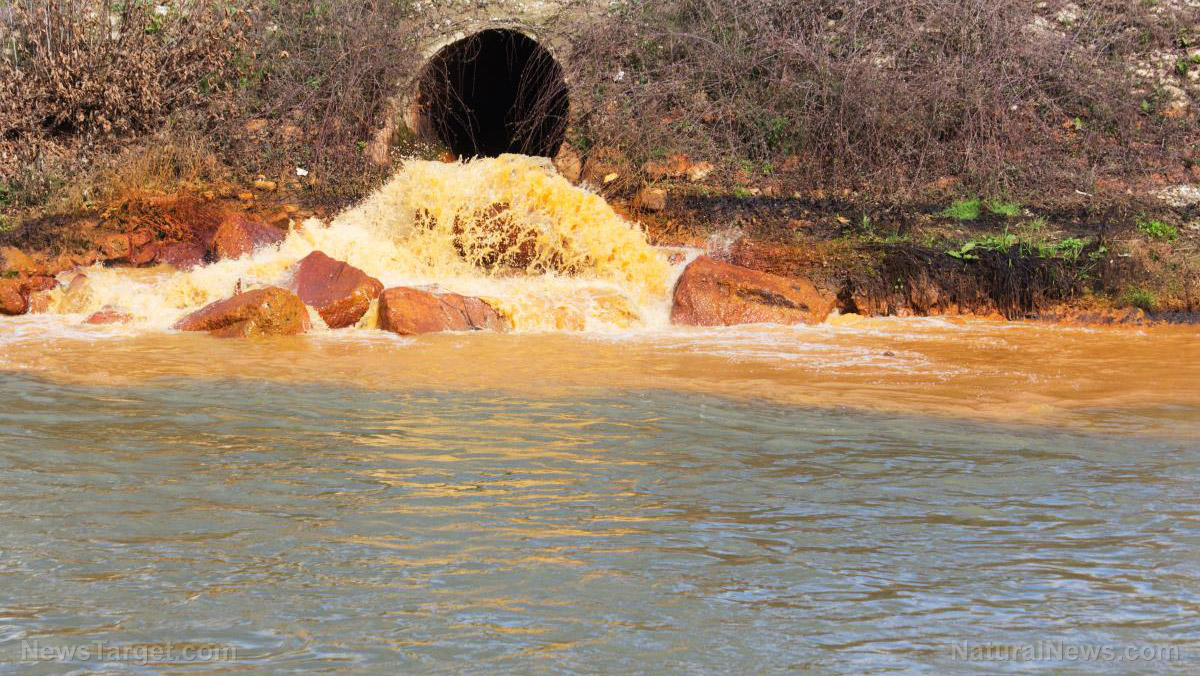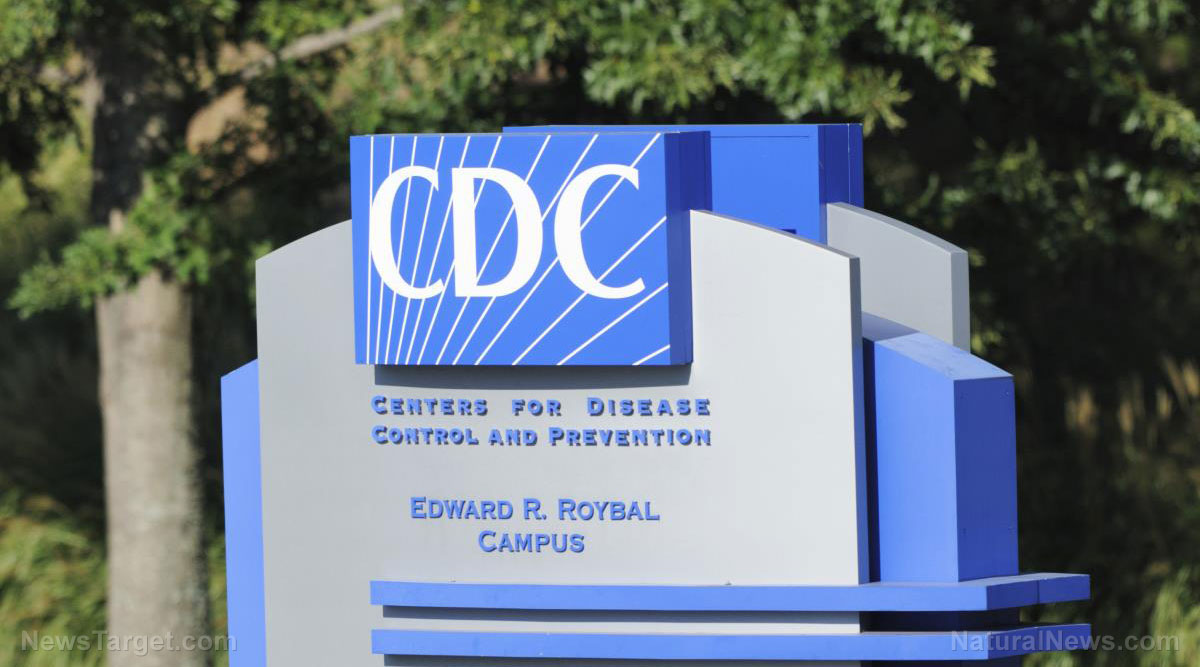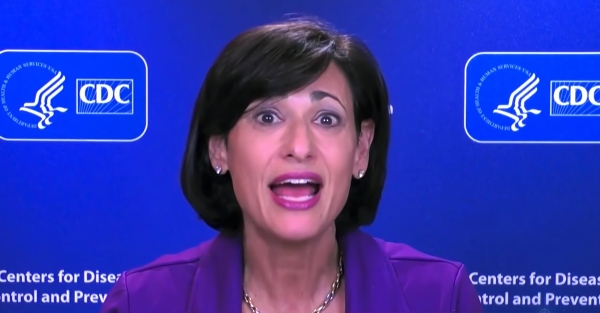FACT CHECK: Human sewage, NOT climate change, responsible for massive algae bloom problem in San Francisco Bay
09/09/2022 / By Ethan Huff

When the water in San Francisco Bay recently turned brown and dead fish started piling up along shorelines, residents throughout the far-left enclave just assumed it was another manifestation of “climate change” – because that is what we are always told is the culprit. What they came to find out, however, is that the region’s 37 sewage plants are responsible as they pump human waste straight into the bay.
All that bodily pollution is feeding the growth of toxic algae blooms, which feast on feces and urine. It turns out that in order to grow, toxic algae blooms need a steady supply of nutrients, which poop and pee provide. (Related: Toxic algae blooms on the West Coast have been a problem for years, in part due to the Fukushima nuclear disaster in Japan.)
Some eight million people live in the San Francisco Bay Area, which means the bodily waste of eight million humans is constantly being dumped into the area’s water supply. This is harmful to the water and sea life that lives in it, creating widespread sea creature death and other problems.
According to David Senn, a senior scientist at the SF Bay Nutrient Management Strategy of the San Francisco Estuary Institute, nutrients “may not have triggered this specific event,” referring to the most recent onslaught of toxic algae blooms.
“But they contributed to its size, the amount of the organism, and how long it lasted,” he added.
To stop toxic algae blooms from infesting San Francisco Bay, California will need to come up with $14 billion to upgrade aging wastewater treatment facilities
California’s ongoing drought conditions combined with exceptionally hot weather and a steady flow of human waste has created a perfect storm for toxic algae blooms to thrive.
Most algae blooms are said to be beneficial since they supply food to the ocean food chain. These algae blooms are different because they are multi-celled and grow very dense at the surface, robbing the plants beneath them of needed sunlight.
There are also “red tide” toxic algae growths that contain a deadly neurotoxin capable of passing up the food chain. These blooms can kill off lots of sea life, which ends up washing ashore.
When oxygen levels in the water get depleted, algae die. And after their death, the decay sinks beneath the surface, clogging the gills of fish and smothering crustaceans and other vegetation.
All of these persistent algae growth problems in the San Francisco Bay have prompted the regional water board to gear up for caps on the amount of nutrients allowed in wastewater that gets dumped there.
“It’s a multibillion-dollar Bay Area issue that needs to be thought through very carefully, taking the science into effect,” said a person familiar with the issue, noting that area residents’ water bills would double or even triple as a result.
“There’s all sorts of different treatments, and none of them are cheap.”
Before 1972, raw sewage was pumped directly into the San Francisco Bay. After the Clean Water Act was passed in 1972, some filtration was added to treatment plants, but it is still not enough.
Some local water agencies have taken voluntary steps to decrease nutrient loads while others are choosing to wait. One of the worst offenders is the San Jose / Santa Clara Regional Wastewater Facility, which serves Silicon Valley. That facility releases more discharge water into the bay than other large facilities throughout the area.
Some 85 million gallons per day is dumped into the bay from the San Jose / Santa Clara facility, and with a nitrogen load of about 5.5 tons per day.
San Francisco’s treatment plant releases an average of 55 million gallons per day into the San Francisco Bay but with an even higher nitrogen load of 9.5 tons per day.
More news about climate conspiracies can be found at Climate.news.
Sources for this article include:
Submit a correction >>
Tagged Under:
algae bloom, clean water, Climate, climate change, climate science, environment, global warming, ocean health, ocean life, poinsons, San Francisco Bay, sewage, toxins
This article may contain statements that reflect the opinion of the author
RECENT NEWS & ARTICLES
COPYRIGHT © 2017 MEDIA FACT WATCH




















